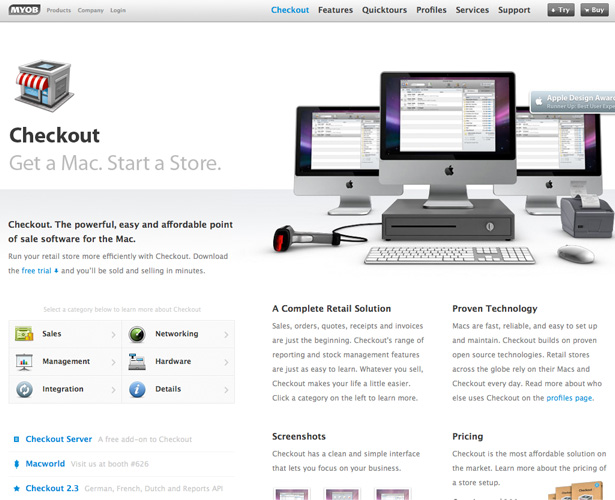

Insert that filename in between the parenthesis of the macro, like so: %resource(image.jpg)%. Macro? First, find out the filename for the file you want to use. The sitewide resources, and RapidWeaver then figures out the path to This special syntax tells RapidWeaver that you want to use a file in To make things even easier, RapidWeaver 5 allows you to access any of the files in sitewide resources by using this macro: %resource()% You canĪlso use the "Add Resources" button in the upper left of the RapidWeaver To your website is also much easier - you can just drag and drop anyįiles into the Resources section of the RapidWeaver sidebar. The files you add to your website from anywhere you want. This is a tremendous improvement, as it means you can access RapidWeaver 5 does away with "page assets" and instead uses "sitewide Make sense? (If not, don't worry, this has confused a lot of people.) In RapidWeaver 4, in order to keep each page'sĪssets separate, the assets folder would be renamed to photos_assets (for the photos.html page) and diary_assets (for the diary.html page). This example, the two pages (photos.html and diary.html) share the sameįolder (vacation). The URL on your website for that page may look like this:Īnd let's also say you made a diary of your vacation and put it here: Say you have a photos page with pictures from your recent vacation. Let's see this in action to make sure it's completely clear: RapidWeaver 4, the "assets" folder is renamed to pagename_assets for the pages that share the same folder. Keep track of which files belong to which page. Since each page can have its own assets, RapidWeaver has to

For example, let's say you put several related pages into the This approach is that it can cause confusion when you restructure your This means (if youĭon't change anything) that the files you add to a page can be accessedīy referring to the "assets" folder. Puts each page of your website in its own folder. In most cases this isn't a problem, as RapidWeaver by default > Assets section are kept separate from other pages in your RapidWeaver 4, any files you add via the Page Inspector -> Header
Rapidweaver examples websites code#
Otherwise hand-type code to access assets/resources. This explanation will mostly benefit those who use snippets or How each works, so you can adjust accordingly when upgrading from RW4 to

"page assets" is now known as "sitewide resources", and since the twoīehave quite differently I thought it would be a good idea to describe With the recent release of RapidWeaver 5 what used to be known as


 0 kommentar(er)
0 kommentar(er)
